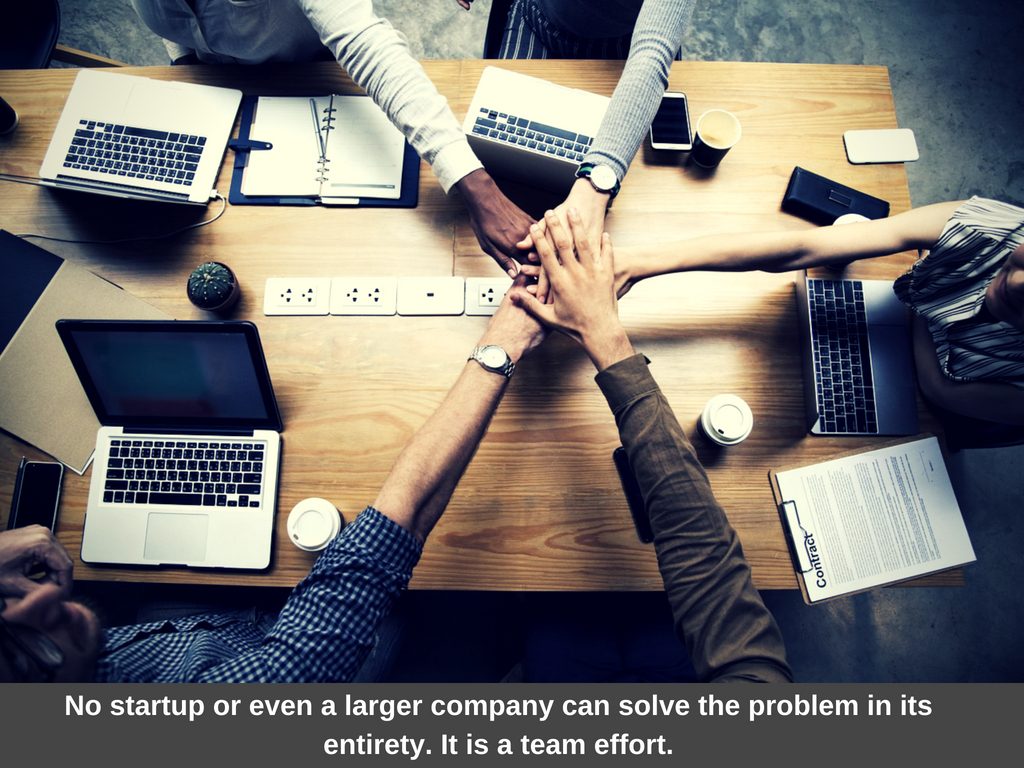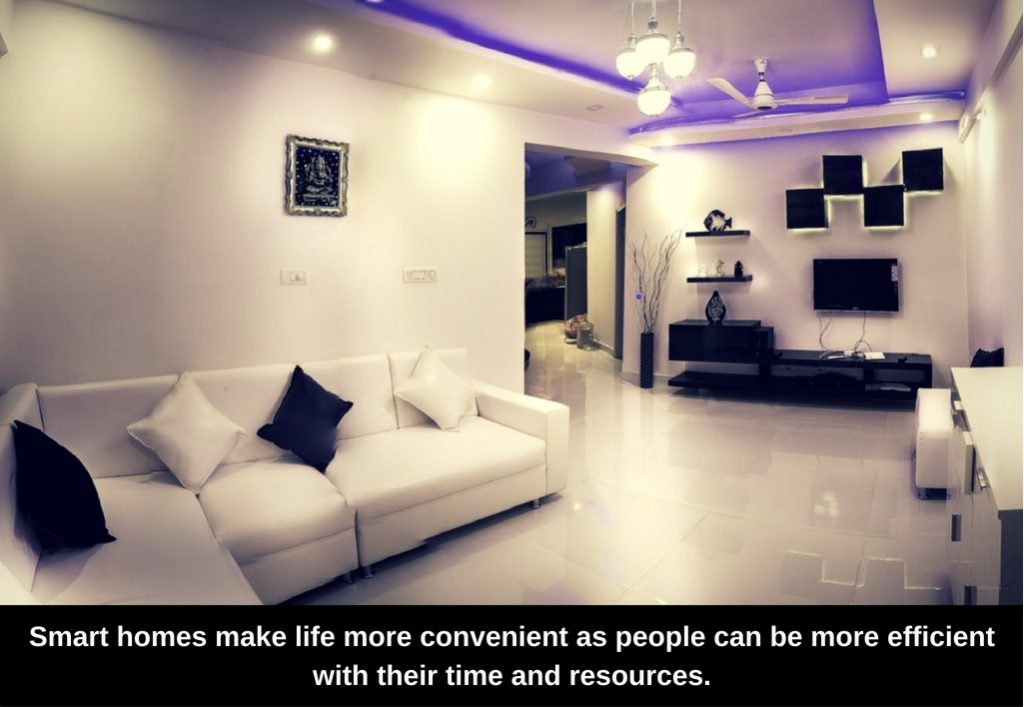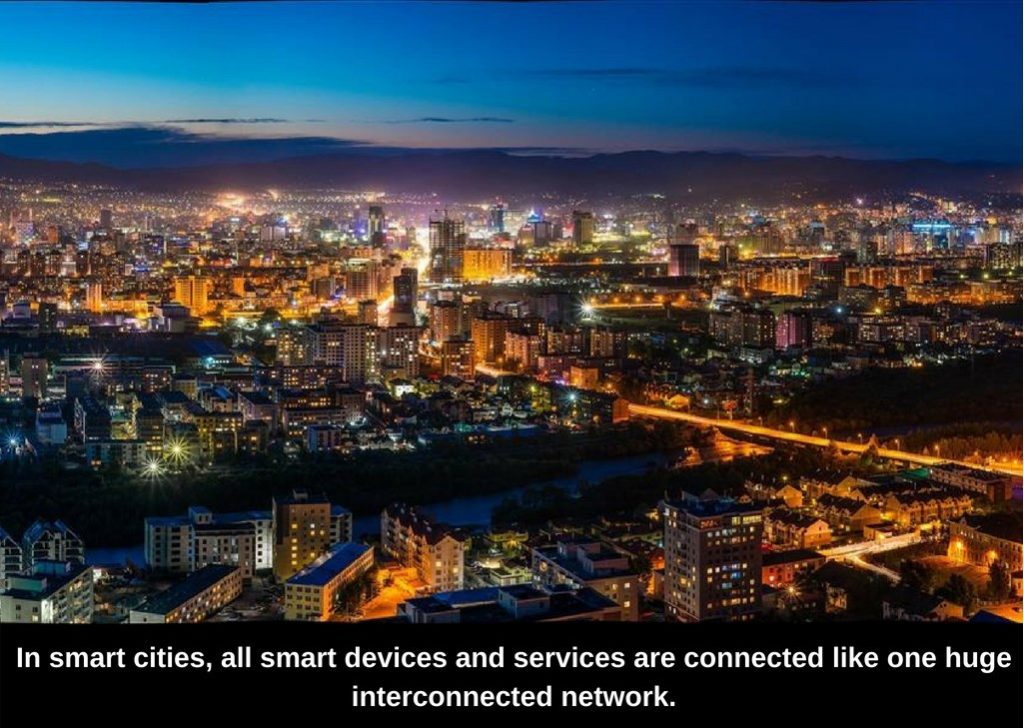How to Get the Most Out of the IoT Innovation Experience

The Internet of Things continues to shape the technological landscape by penetrating more areas of life and introducing new devices. The market is replete with the Internet of Things examples. New IoT devices are popping up virtually everywhere. According to BI Intelligence, various businesses are already investing in the IoT initiatives to stay ahead of the game.
The Internet of Things (IoT) is hyped everywhere from newsreels and mass media to yellow pages and blogs. The IoT revolution gives us a new sense of belonging and a fresh innovative experience. It is far more than simply connecting.
Have you ever thought of being someone who actually changes the world for generations to come? Can you imagine presenting our world with a fresh sense of newness and a deeper innovation experience?
What is an IoT solution?
For starters, let’s begin to untangle a few proverbial knots. Some light needs to be shed on terminology and other related notions. From the outset, it is important to remember that customers don’t buy the Internet of Things. They purchase an IoT solution to solve a specific problem for their company. The Internet of Things (IoT) components are part of that solution.

It’s no secret that the IoT market is literally strewn with startups. The challenge for any given company in the IoT area is defining a problem and then successfully solving it. In other words, what do we need an IoT solution for?
No beating around the bush here. You’ve got to be very specific. It could be either a known problem for which your customer is actively pursuing a solution or it could be a long-lasting issue that a customer didn’t even hope to fix. But it has to be specific enough. The customer needs to understand what he/she is paying for.

The important factor is synergy. No startup or even a larger company can solve the problem in its entirety. It is a team effort. One man is no man. Yes, one vendor can supply one or even several components/services for a certain IoT solution. Nevertheless, no single vendor is able to provide all the solutions for all the problems. This is referred to as an ecosystem of partners.
Let’s look at Helium. One of the pioneering products of Helium is a refrigeration unit. The constant monitoring is done by the system to ensure that medication, food and other things are stored at the proper temperature.
Helium’s upgraded sensors can be unpacked and quickly utilized. This system includes different detecting inputs of sensors, Helium’s safe remote system and local computing power – all in a solitary and minimal form.
One Helium sensor can measure temperature and entryway status in a single unit and be activated in a fridge simply with one pull of a battery tab. Once used, Helium’s smart sensors utilize consolidated information intelligently to make observations both more advanced and straightforward.
All of the edge parts of Helium can be simply updated remotely and they are totally secure. Most implementations will use just two standard AA batteries. The Helium platform adjusts the frequency with which sensors send and receive information for the most ideal battery life.
In July 2017, Helium announced a new direction. They decided to specialize in providing a hardware and software platform. It enables web developers to build their Internet of Things applications. This new offering is designed as a way for programmers to be able to archetype, expand and scale a long-range wireless network which enables thousands of end devices to be interconnected. It provides leverage for companies to transfer data from devices to the cloud at faster speeds.
IoT Solutions: Smart Vs. Connected
How can everyday devices be connected to the Internet? Let’s see at how today’s IoT solutions work. An IoT solution typically consists of sensors, network and mobile applications that display data comprehensively.
Innovative applications and cloud computing technologies are being combined in order to create new significant capacities – an innovation experience. Simply put, machines, people, sensors, software, video streams etc. are digitized and placed in the network (the cloud). The main difference between this model and the M2M (machine-to-machine) concept of the past is the emphasis on smart versus connected.
In the past, the goal of M2M was to transmit intelligence by connecting various items. The emphasis in the M2M model back then was on device connectivity and reporting big data from smart devices. Today, the IoT market is focused more on real-time analysis of data, insight, and action rather than just reporting. As a result, smart sensing networks are cheaper and more efficient.
Additionally, the latest solutions can be easily accessed through various mobile devices from the cloud. The iteration is more rapid and the protocols are more modern. The developer is able to modify the software faster. This reduces the need to interrupt the system. And that one more step closer to a fuller innovation experience. It allows us to live closer to the cutting edge of technology; not just connected but smartly connected! It nurtures a sense of greater satisfaction and a more fulfilled life.
What are some IoT solution patterns you can use?
The best way to understand the concept behind the IoT is by looking at some IoT solutions examples.
- Smart home

It is becoming harder to imagine contemporary homes without smart appliances, lighting, and security. Smart homes make life more convenient as people can be more efficient with their time and resources.
Nest Labs is one of the leading companies making homes smarter. They specialize in producing Nest thermostats, indoor cameras, and alarms, etc. In short, Nest helps you better manage your home operation.
By means of Nest Thermostat, you can remotely control the heating and cooling of your home. The device will automatically turn your heating or cooling system off when you are away saving your energy consumption. It can also save energy by learning your preferences.
Eventually, you pay less for your heating and cooling bills. You won’t even notice how quickly it’ll pay for itself! It’s a smart choice, especially for folks in cold climates.
- Healthcare
When all is said and done, we not only want to have a cozy life, we want to stay healthy as well. Just as the old adage goes: a sound mind in a sound body.
You can have a small and elegant health monitor attached to your body transmitting all the necessary data to your doctors and nurses. This has become possible with the VitalPatch monitor. Outpatient care is extended permitting remotely monitoring of eight patients’ measurements in real time:
- heart rate
- heart rate variability
- respiratory rate
- skin temperature
- body posture
- fall detection
- activity
- single-lead ECG (electrocardiography)
Additionally, it can alert a doctor about potential health issues of their patients. Thus, a more effective treatment can be prescribed distantly. This reduces the need for visits to the hospital and other issues related to traditional monitoring.
There are also smart medication dispensers such as HERO. They are best used for people who need home treatment. In particular, they are ideal for elderly care. The dispenser loads the correct dose of the prescribed pills and monitors the intake of those pills.
- Retail and supply chain management
A convenience store where you don’t need to wait in long lines to pay for your groceries has become a reality with Amazon Go no checkout store. All you need is to live nearby one of these a store and have a special app on your smartphone. The store is equipped with special sensors connected to the IoT devices.
Ultimately, the IoT is set to transform the supply chain with both operational efficiencies and revenue opportunities. In today’s market, the supply chain isn’t just a way to keep an eye on your product. It’s a way to get an upper hand over your competitors and strengthen your own brand.
Can you imagine how life would be different from a global supply chain?
You might have watched a somewhat peculiar episode of TV show Portlandia. Two friends are very intent to know what type of chicken they’ll be eating for supper. They are absolutely serious. They start asking somewhat bewildered waitress some very pointed questions:
- What is the chicken’s breed?
- What were his social habits?
- How large was the farm for the chicken to graze?
In the end, they are up on their feet and go to check out the farm where chicken-to-be-devoured was raised. With the continued development of the IoT, we will be able to access the information about the chicken in real time.
- Connected cars
Today’s cars are becoming increasingly connected to more and more smart devices via mobile applications. Now you can have access to data from your routes and car stats which are stored safely in the cloud. With help of sensors and applications, car owners are able to control their vehicles from a distance. Such new functions include:
- opening/closing the cars’ doors
- measuring engine metrics
- inspecting the alarm system
- detecting the car’s location and routes
And the list goes on and on…
While connected or self-driven cars are a dream come true, the automotive IoT use study cases don’t end here. They are continuing to expand other means of ground transportation. This includes the business of railway transport.
A locomotive loaded with 250 sensors measuring over 150,000 data points per minute already exists. An example of such an initiative is represented by the latest GE Evolution Series Tier 4 Locomotive.
Thus, the idea of controlling your car directly from your mobile phone does not seem so far fetched anymore. An entirely separate blog could be devoted to the new concept of smart farming.
- A dream as big as a city

This idea goes deeper than building smart houses or installing smart thermostats. It’s more profound than having a health monitor transmitting data in real time… The idea is as large as life itself! It’s about building whole cities – smart cities, where all smart devices and services are connected. Just one huge interconnected network. And all IoT services could be delivered more quickly to your own world.
The time has come for you to build a custom-made IoT product to suit your company’s needs.
How To Build Your Own IoT Product
So how does one go about building an IoT product? Any IoT solution consists of two integral parts:
- Hardware – typically a Bluetooth sensor low on energy consumption is connected to the web. It can be a third party device (like Beacons where wireless sensors are protected by a special sheath) or a custom-built product (like Nest Thermostat). In some cases, even a user’s smartphone can be used as a hardware component of an IoT solution.
- Software – it’s data that is stored in the cloud, sort of a web and app dashboard. This aspect helps you be in charge of your IoT hardware and manage the IoT big data accumulation. That is the source bank of the information transmitted by your sensors.
Wrapping Up
Big and small business managers will have to embrace the idea of the IoT sooner or later. There are some significant challenges to be overcome along the way.
If you are planning to build a useful and optimal IoT product custom-made for your business, then you need to get in touch with a team of professionals. Here at Alternative-spaces, we are lending a helping hand to small startups and large businesses to bring their IoT ideas to life.
Will you join us to change the world one step at a time for a greater innovation experience?
Content created by our partner, Onix-systems.
 Home
Home